Space
Sign up for our newsletter
We summarize the week's scientific breakthroughs every Thursday.
-
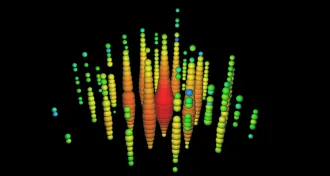 Astronomy
AstronomyHigh-energy neutrinos ensnared from beyond the solar system
Speedy particles detected in Antarctica may point to gargantuan black holes or cataclysmic explosions.
By Andrew Grant -
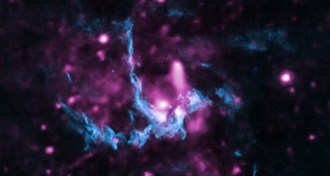
-
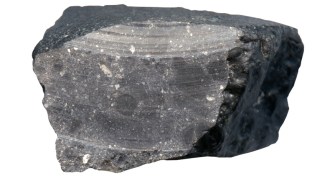 Planetary Science
Planetary ScienceAncient Martian meteorite preserves chunks of planet’s early crust
Rock could reveal what Mars was like 4.4 billion years ago.
By Andrew Grant -
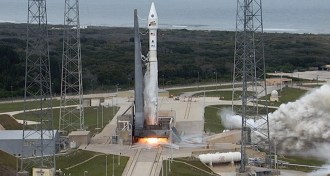 Planetary Science
Planetary ScienceMAVEN spacecraft blasts off to Mars
In September 2014, the satellite will begin studying the Red Planet's upper atmosphere.
-
 Cosmology
CosmologyFor proposals that challenge paradigms, peruse arXiv.org
The online physics archive offers crazy ideas to confront cosmological challenges.
-
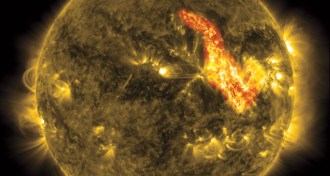 Astronomy
AstronomySolar explosion forms ‘Canyon of Fire’
Just when the sun was looking especially lethargic, a violent eruption left behind a vast chasm of superheated gas on the solar surface.
By Andrew Grant -
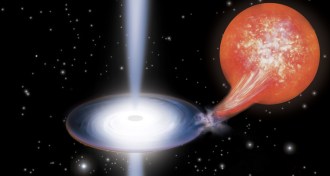 Astronomy
AstronomyBlack hole spurts jets of iron and nickel
New observations show that the jets of black hole 4U 1630-47 carry massive particles such as iron and nickel atoms instead of the typical low-mass particles such as electrons.
-
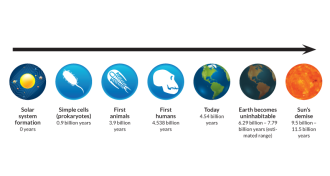 Planetary Science
Planetary ScienceUninhabitable Earth
A recent estimate of the lifetimes of the habitability zones of Earth and various exoplanets suggests Earth could become unable to support life as soon as 1.75 billion years from now, when the sun brightens before dying out.
-
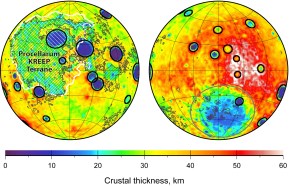 Astronomy
AstronomyMoon’s craters remeasured
Large craters cover more of the moon’s surface on its nearside than its farside, according to new maps from NASA’s GRAIL spacecrafts.
-
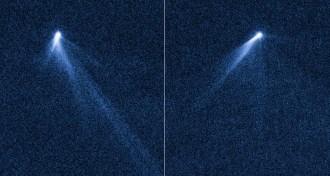 Astronomy
AstronomyStrange six-tailed asteroid makes a scene
In September, scientists used the Hubble Space Telescope to image the object and were shocked to see its cometlike appearance.
-
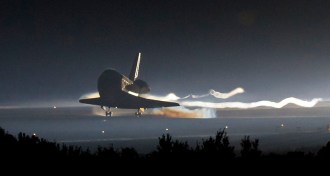 Microbes
MicrobesBacteria starved in space grow better
Given limited resources microbes in microgravity make more new cells than their counterparts on Earth.
-
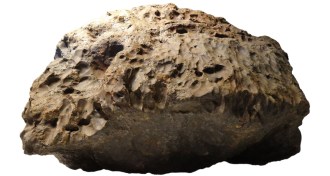 Planetary Science
Planetary ScienceMeteor explosions like this year’s Russian fireball more common than thought
Chelyabinsk-sized rocks may come to Earth every 30 years, on average.
By Andrew Grant